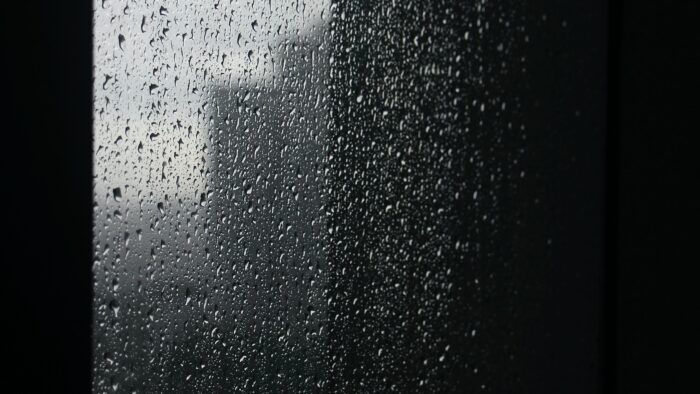At Professional Writing Academy, one of our most popular courses is Writing Crime Fiction.
This comes as no surprise: In the UK, one in every three books sold is a crime novel.
While the genre can be traced back to the early to mid-19th century and proved popular to a degree, the real kick-start of the genre’s popularity was undoubtedly Sir Arthur Conan Doyle’s series of Sherlock Holmes stories.
The influence of Holmes can be seen in the characterisation of detectives up to the present day: eccentricity abounds, and whether they’re troubled by drugs, alcohol, instability or love, they are never perfect, yet always brilliant.
The genre itself follows a number of conventions:
There will be a crime or event that — somewhere along the way — almost invariably precipitates someone’s death. We follow a ‘detective’ character as they attempt to solve the crime, although they may be a civilian, rather than a trained member of the police or private investigator.
The story will usually conclude with the perpetrators of the crime being discovered and brought to justice, or at the very least end with an alternative, yet equally satisfying resolution.
There is also commonly a much grander scheme afoot, often behind the scenes, which tends to be foiled just in the nick of time.
These basic elements are wide enough to give writers the scope to do almost anything they want with the story.
Due to this, the genre is often used as a vehicle to explore wider themes such as race, gender equality, the corruption of authority, or just about any other issue important to the writer.
The versatility of the genre is attractive to both writer and reader, as real-world problems can be delved into within an entertaining, accessible framework.
The imperfect detective protagonist might be jaded, silly, witty or even a genius, but they’re not superhuman. They’re a real person, and we enjoy that.
– Mo Harber-Lamond
Why do we enjoy reading about terrible crimes?
Well, firstly, these stories are relatable. The imperfect detective protagonist might be jaded, silly, witty or even a genius, but they’re not superhuman. They’re a real person, and we enjoy that.
Also, we’re exposed to these sorts of events every day through the media, but we very rarely get an inside look at how the crimes are handled and solved.
Crime fiction gives us an insight into this, and as a form of escapism it’s far less fantastical and often much more gritty than other types of genre fiction, such as sci-fi or fantasy.
Secondly, the story could be about a high-tech spy agency, the seedy New York criminal underbelly or troubles in a Swindon hospital, but the danger and thrill of the chase is undeniably ‘cool’.
This ‘coolness’ is something unquantifiable, but while guns, drug cartels and taking the law into one’s own hands might not be things we want to get involved in ourselves, it’s always entertaining to see someone else do it — for better or for worse.
We all like to live vicariously from time to time.
A crisp razor slicing the jugular is far more effective than a frenzied machete onslaught.
– Mo Harber-Lamond
Thirdly, and most importantly, we enjoy the mystery.
As humans, we long for the satisfaction of a good resolution in all aspects of our lives: that final chord at the end of a song; being able to go home after work knowing you’ve finished the stocktake; the feeling you get after hitting your 1,000-word target at the end of your writing day.
It’s no different with crime fiction. We enjoy piecing together the disparate clues, building them up ourselves into a coherent picture, and reaching that final chapter to find out it wasn’t who we thought it was all along, but that now it all makes sense.
To write a truly good crime novel, though, it’s not enough to have an intricate plot and a charismatic detective.
These are books that rely on tight, focused writing, and while they can be as explicit and action-packed as the writer likes, they need to show restraint.
This skill comes from studying the form, and rigorous writing practice. A good example is crime writer and former guest author on our Writing Crime Fiction online course Sarah Hilary, who won the 2015 Theakstons Old Peculier Crime Novel of the Year with Someone Else’s Skin.
While her novels are startlingly violent, she’s not all about blood and gore. Hilary has a knack for depicting terrible acts without being gratuitous, and this is what sets her apart from the pack.
A crisp razor slicing the jugular is far more effective than a frenzied machete onslaught.
With the rise of the ‘domestic-noir’ we see the exploration of femininity and the agency of women, as well as a twisting plot and all the conventions we expect from a crime novel.
– Mo Harber-Lamond
The majority of the crime fiction readership now is female, and female characters are dominating the genre. While this might seem like a new development, strong female protagonists have featured in many popular novels in the past.
For example, in Graham Greene’s thriller (a genre closely tied to the crime story), Brighton Rock, Ida is as much a protagonist as Pinkie.
In classic crime fiction, however, women are almost invariably cast as victims, but now we see them taking up roles across the board from detective to villain.
With the rise of the ‘domestic-noir’ – a sub-genre thrust into the limelight by Julia Crouch’s work, and the success of Gillian Flynn’s Gone Girl – we see the exploration of femininity and the agency of women, as well as a twisting plot and all the conventions we expect from a crime novel.
This subversion shows the adaptability of the form, and how powerful crime writing can be for addressing issues that might at first seem out of the scope of ‘genre writing’.
So, it’s not hard to see why we enjoy a good crime novel. We want protagonists we can relate to, the guarantee of a satisfying resolution, and perhaps more than just a tale of a trigger-happy lunatic. Sometimes, though – and you know that it’s true – that is all we really want.



